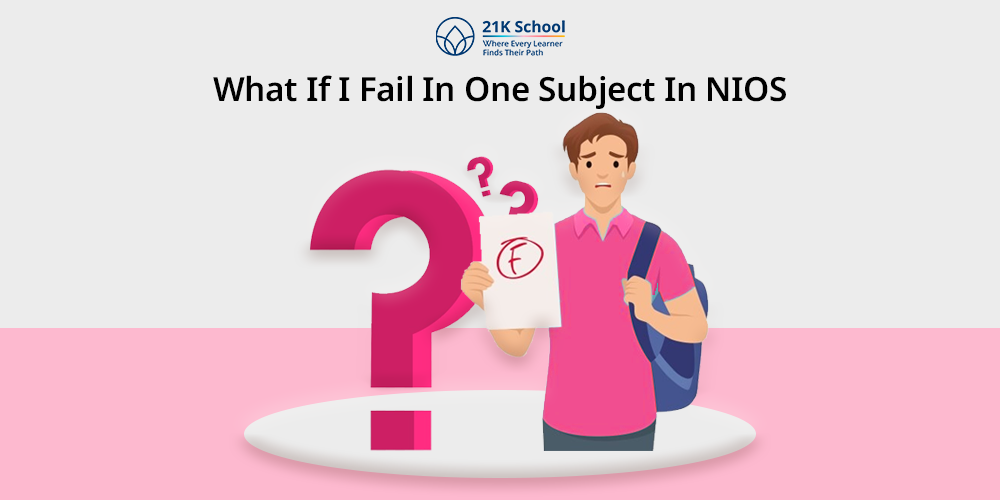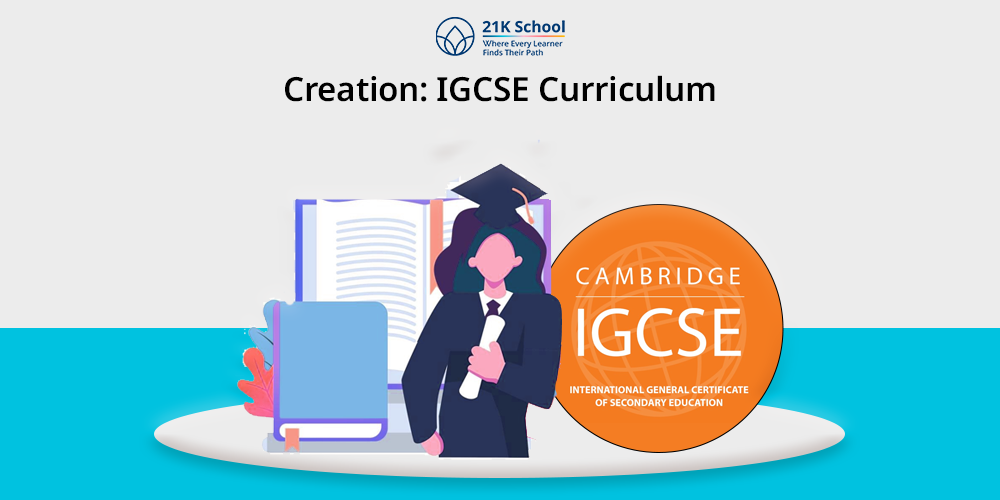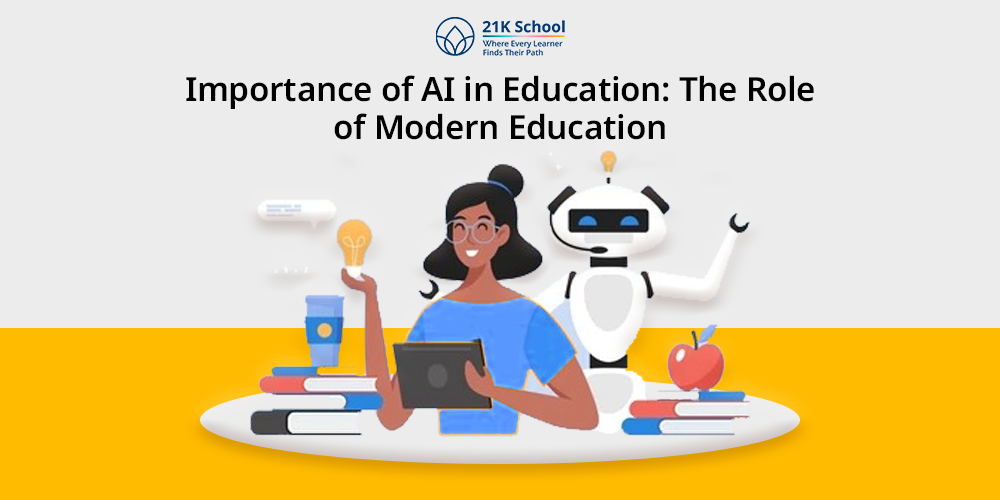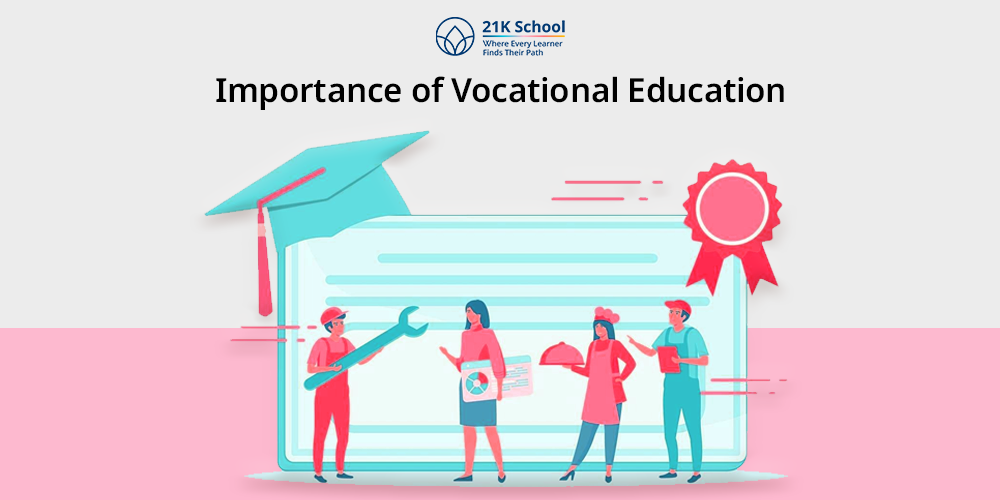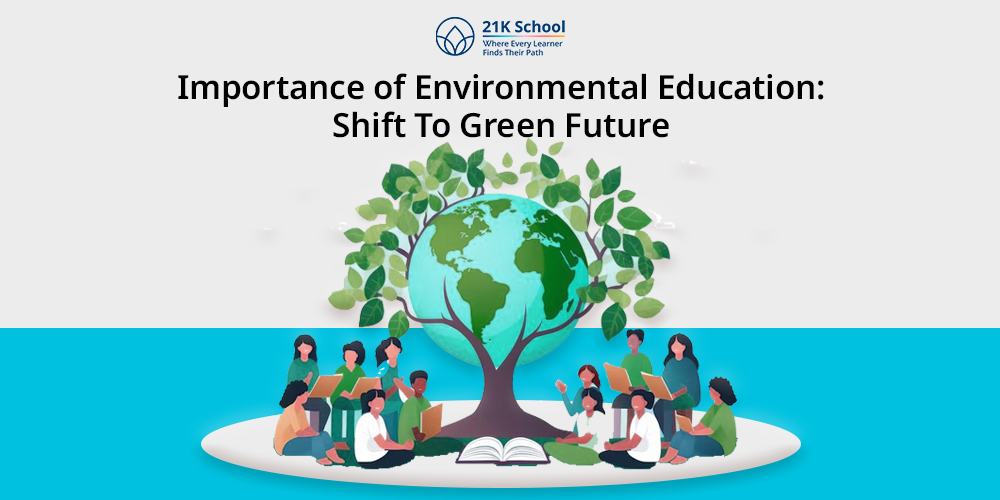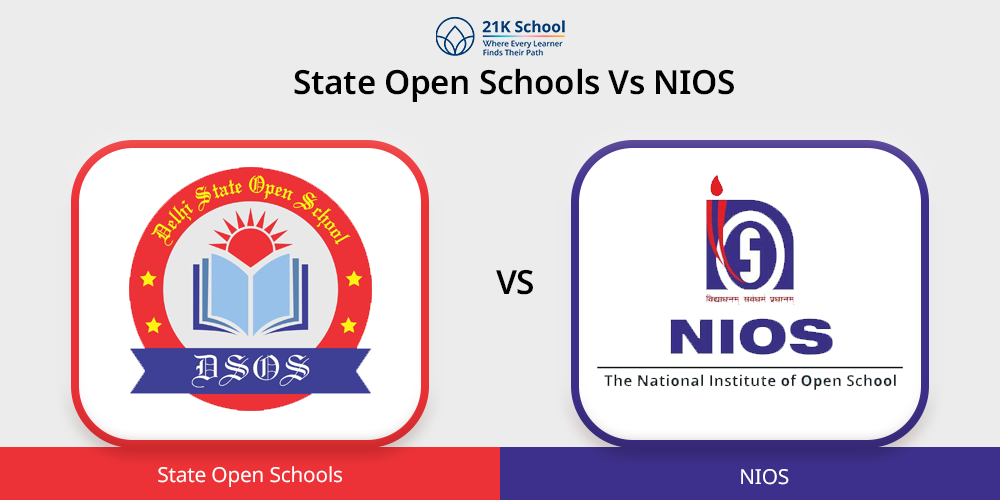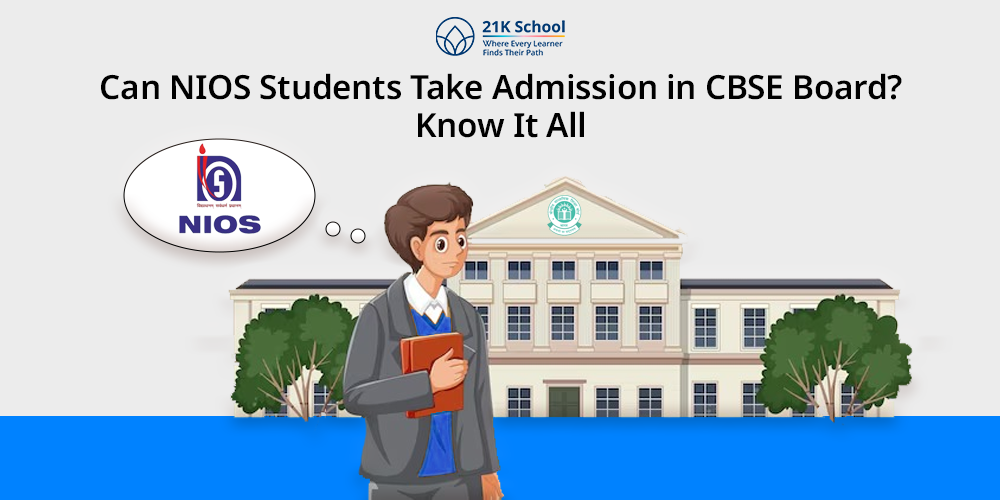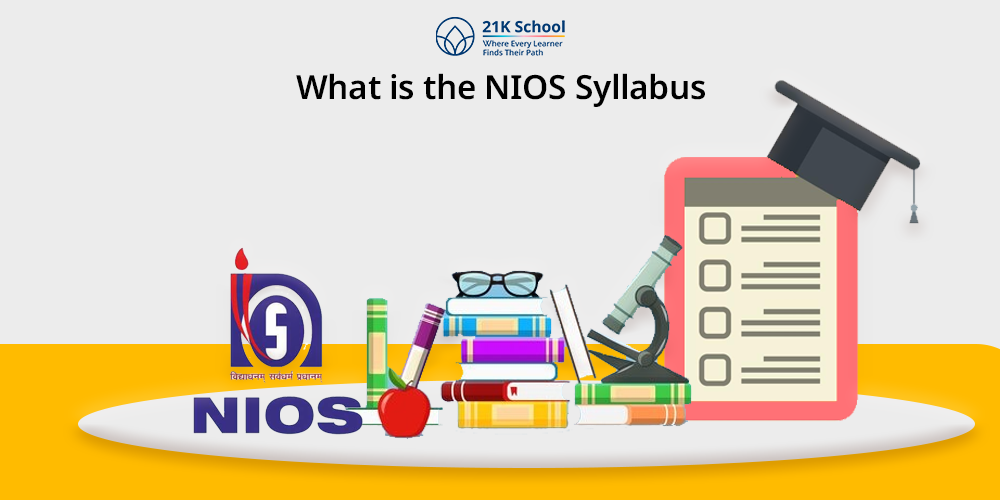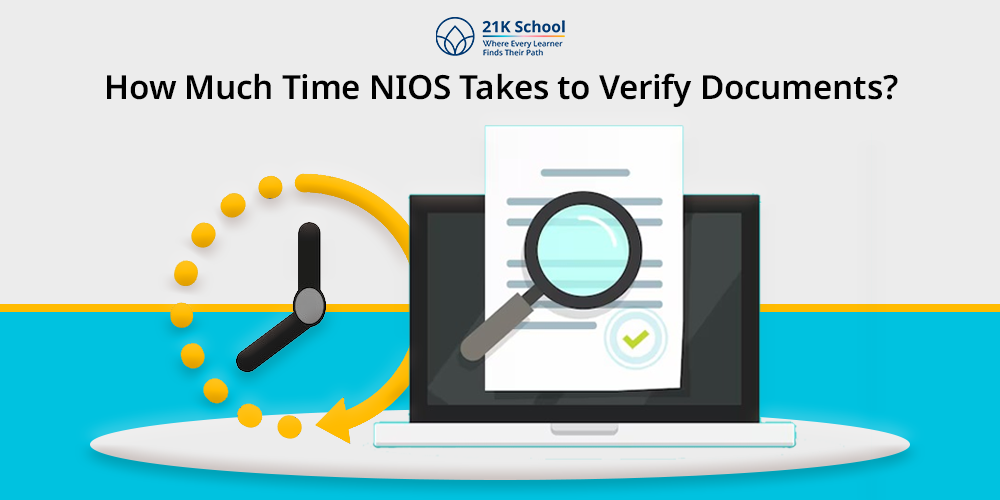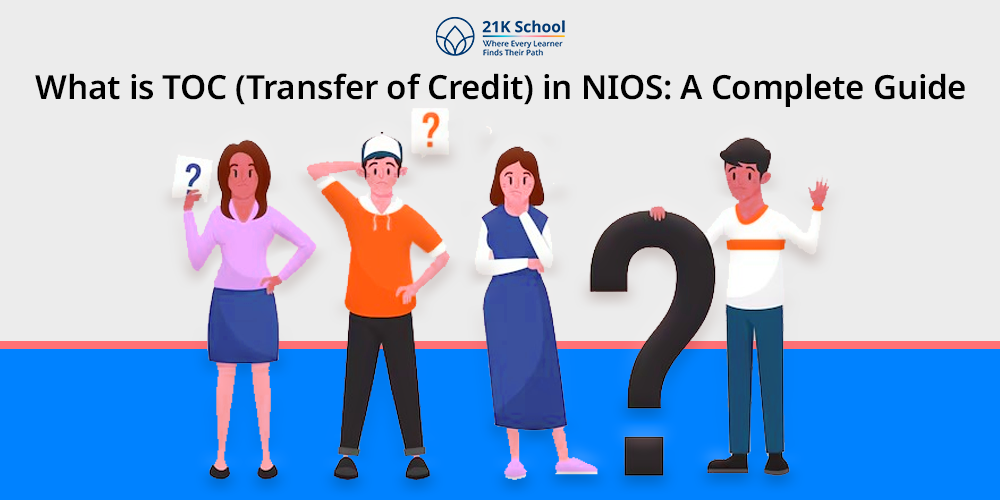Online Schooling & Education Blog: Tips, Trends & How-To Guides
What if I Fail in One Subject in NIOS: 5 Top Solutions
Many students wonder what if they failed in one subject in NIOS If any students fail in one subject in… Read More
Last updated on: 15 Jul, 2025
IGCSE Curriculum: Subjects, Structure, Benefits, and More!
Are you someone interested in knowing the IGCSE curriculum? Whether you are a learner trying to figure out your next… Read More
15 Importance of AI in Education: The Role of Modern Education
Think about walking into a classroom where lessons are designed as per your need or where the facilitators know everything… Read More
Top 10 Importance of Vocational Education For Learners
Have you ever wondered why vocational education has become a necessity in education? Vocational education has become essential in today’s… Read More
10 Importance of Environmental Education For Green Future
The rising interest in climate change, pollution, loss of biodiversity and unsustainable resource utilization is no longer blurred. It has… Read More
State Open Schools Vs NIOS: Explore The Top 5 Differences
Do you know how State Open Boards and NIOS are different? State Open Schools and NIOS are both open schooling… Read More
Can NIOS Students Take Admission in CBSE Board? Know It All
There are only a few well-known education boards in India among children. Two of them include the National Institute of… Read More
What is NIOS Syllabus: Group-Wise Syllabus, Key Aspects, Features, and More!
Do you know NIOS syllabus and CBSE syllabus are aligned with the NCF? The NIOS syllabus is aligned with the… Read More
How Much Time NIOS Takes to Verify Documents A Detailed Outlook
Are you someone eager to enroll in or have already filled out the form and are thinking how much time… Read More
What is TOC in NIOS: Know About Its Eligibility, Subjects, Process, and More!
The National Institute of Open Schooling or NIOS is one of the popular platforms in the . It is immensely… Read More

